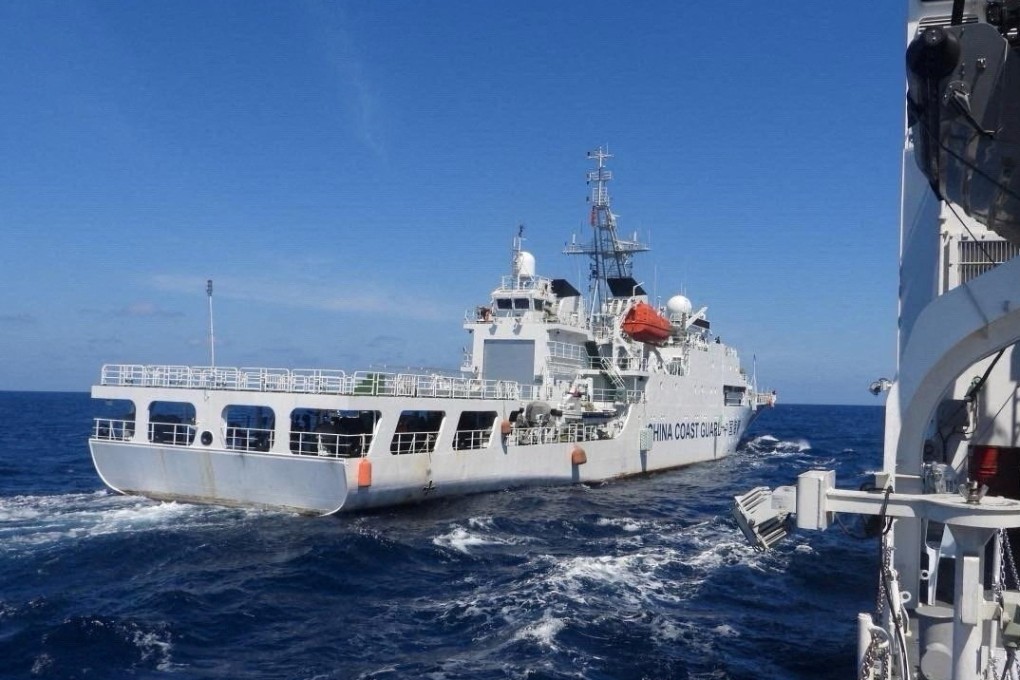Opinion | Philippines counts the cost of tough South China Sea stance against Beijing
- The country is seen as an unreliable destination for Chinese infrastructure investment, while tourist arrivals from the mainland have fallen
- Philippine politicians and tycoons have expressed concerns about the fallout from mishandling the South China Sea row

As had happened in the past, lost economic opportunities and further erosion of Manila’s position in the flashpoint, relative to other disputants, may lead to a possible policy reversal in handling the maritime tiff come the 2028 presidential election.
This approach made strides in rousing public backing for Manila’s defence build-up, a stronger alliance with the United States, and a tougher stance against China. However, it also contributed to polarising domestic politics, affecting people-to-people ties and diminishing Chinese economic interest in the Philippines. Meanwhile, Beijing remains unmoved, weathering reputational costs and continuing to wield a capacity for escalation in the South China Sea.
The Philippines’ transparency approach has yet to deter China. Quite the opposite, China has upped the pressure on its smaller neighbour. A respite came after the eighth round of the Philippines-China bilateral consultative mechanism held in Shanghai last month. After making vociferous protests, Manila recognised that it would take more than naming and shaming to stop Beijing in the South China Sea, let alone getting it to comply with the landmark 2016 ruling on their dispute by an arbitral tribunal at The Hague that ruled largely in its favour.
Growing maritime challenges have led the Philippines to embark on a major arms upgrade, including plans to acquire submarines for the first time. Manila also ramped up military drills and joint sails with the US and allies, and expanded the Americans’ strategic footprint in the country. It is negotiating a reciprocal access agreement with Japan and a visiting forces pact with France. The transparency drive gave a boost to long overdue military modernisation and revitalised alliance with the US.

